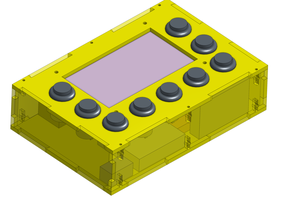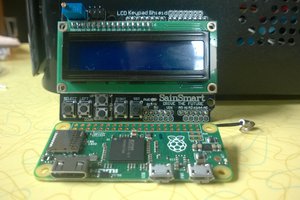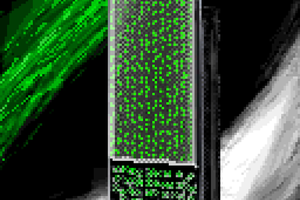The challenge: Many kids with autism have difficulty using spoken language to communicate. High tech assistive devices are available but they can be very expensive.
How this project addresses the problem: Making available a low-cost, open source version of the high-tech speech generating devices used in speech therapy for children with autism.
This project might be world changing: When I bought a speech generating device for my son, the sticker price was over $6,000 USD. It was difficult for us to acquire this expensive piece of medical equipment and required the generosity and help of many people to make it possible. Even though we now have the device, we do not take it everywhere because of concern of possible breakage or loss. Imagine a world where every child with language delay had a portable speech generating device that was inexpensive enough to be treated like toy! These devices would also be based on open source designs, so parents and autistic individuals themselves could repair or customize their device!
Use of this device consists of
- Touch screen
- Swipe to see next icon
- Press icon
- Hear spoken word
Touchscreen Options
I considered both resistive and capacitive touchscreen options for this project. According to the articles I read about this comparison, design considerations for capacative touch include: power consumption, noise reduction, and gesture recognition. I also had concerns about what libraries were available to use with a capactitive touchscreen.
The advantages of choosing a resistive touchscreen were: lower cost, 10 years of documentation, and that it dictates simplicity of user experience. The disadvantages of a resistive touchscreen were: possible loss of swipe, possibly requiring a stylus, and possibly frustrating for kids.
After much thought I have decided to proceed with a resistive touchscreen for this initial version of the prototype.
Possible implementations
I considered several platforms for this project including: Arduino, Raspberry Pi, Android Tablet, iOS app, web application, and single page application (SPA).
I am still intruiged by the idea of creating an Arduino version of this device someday because this implementation would be the most like a toy.
Also, so many people have suggested this project would be a good app that I am considering pursuing that in the future also.
For this initial version of the prototype I am choosing to move forward with the Raspberry Pi platform. The main reason I am making this decision is because of the option of a web interface and the option of expanded harddrive space for media files.
 Muriel Green
Muriel Green




 Craig Hissett
Craig Hissett
 Giovanni
Giovanni

looking forward to watching this progress!